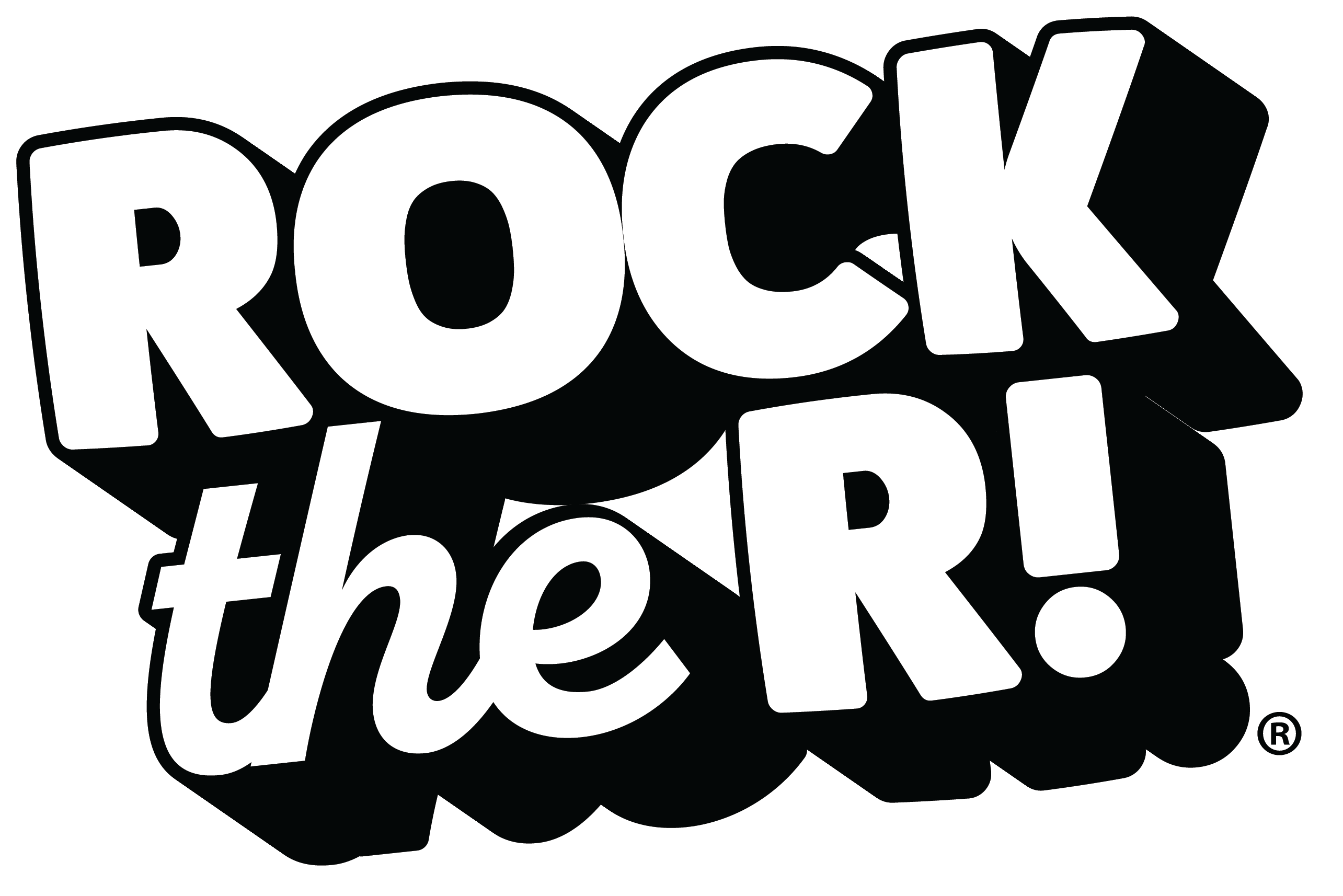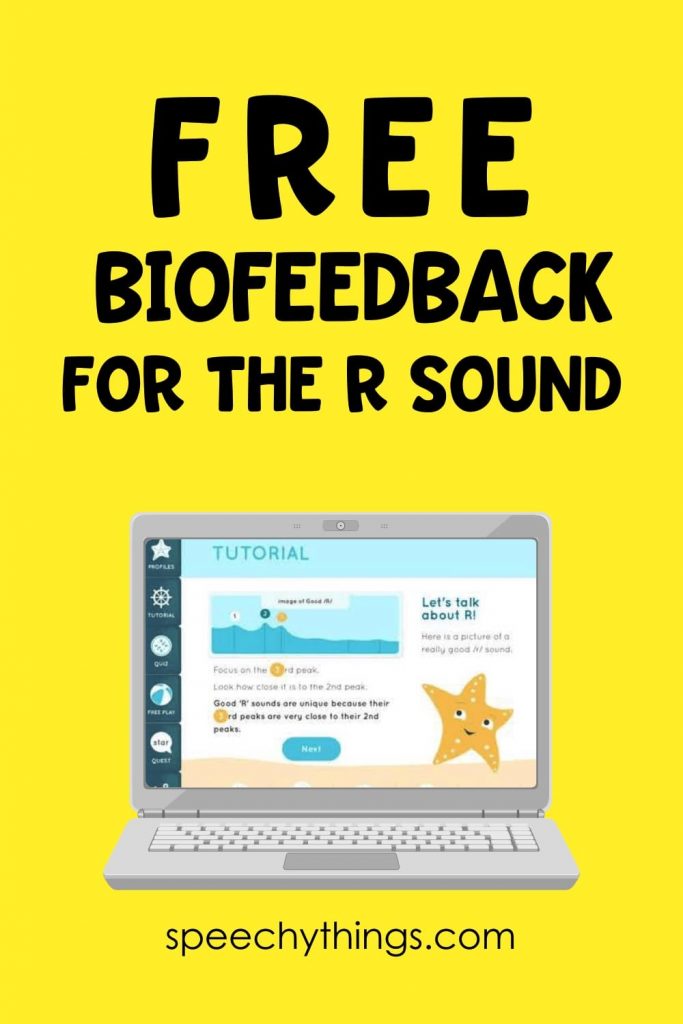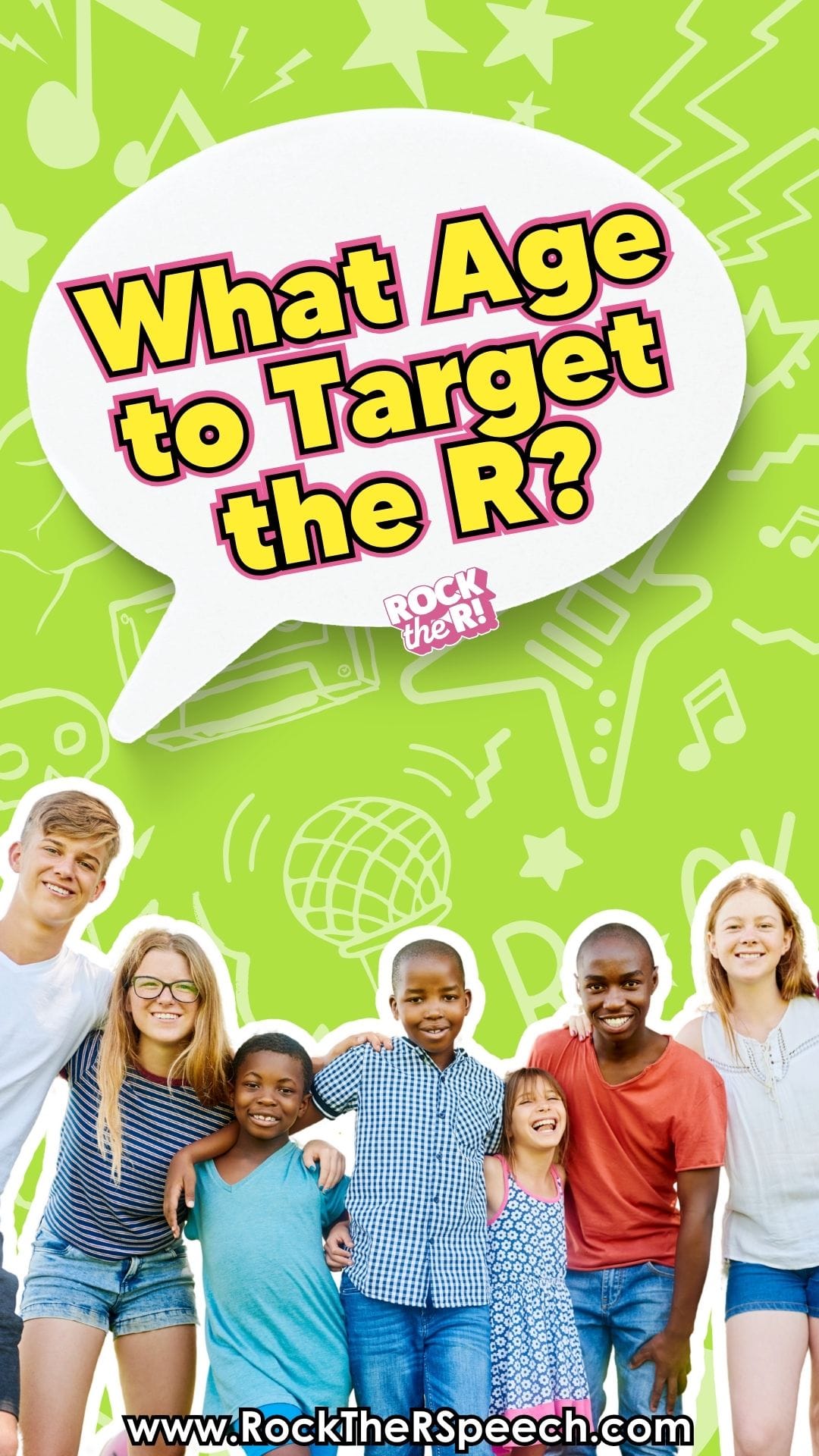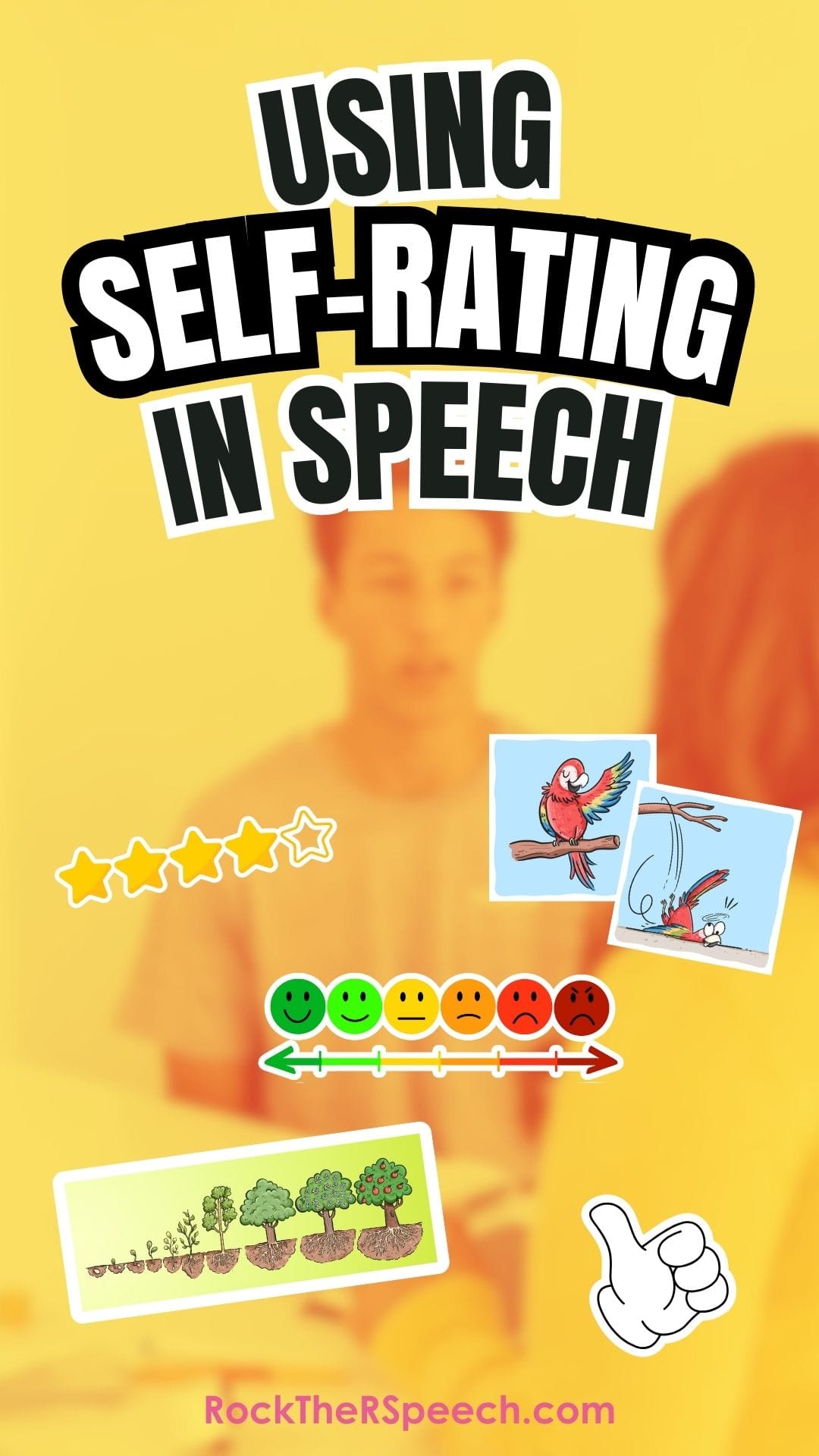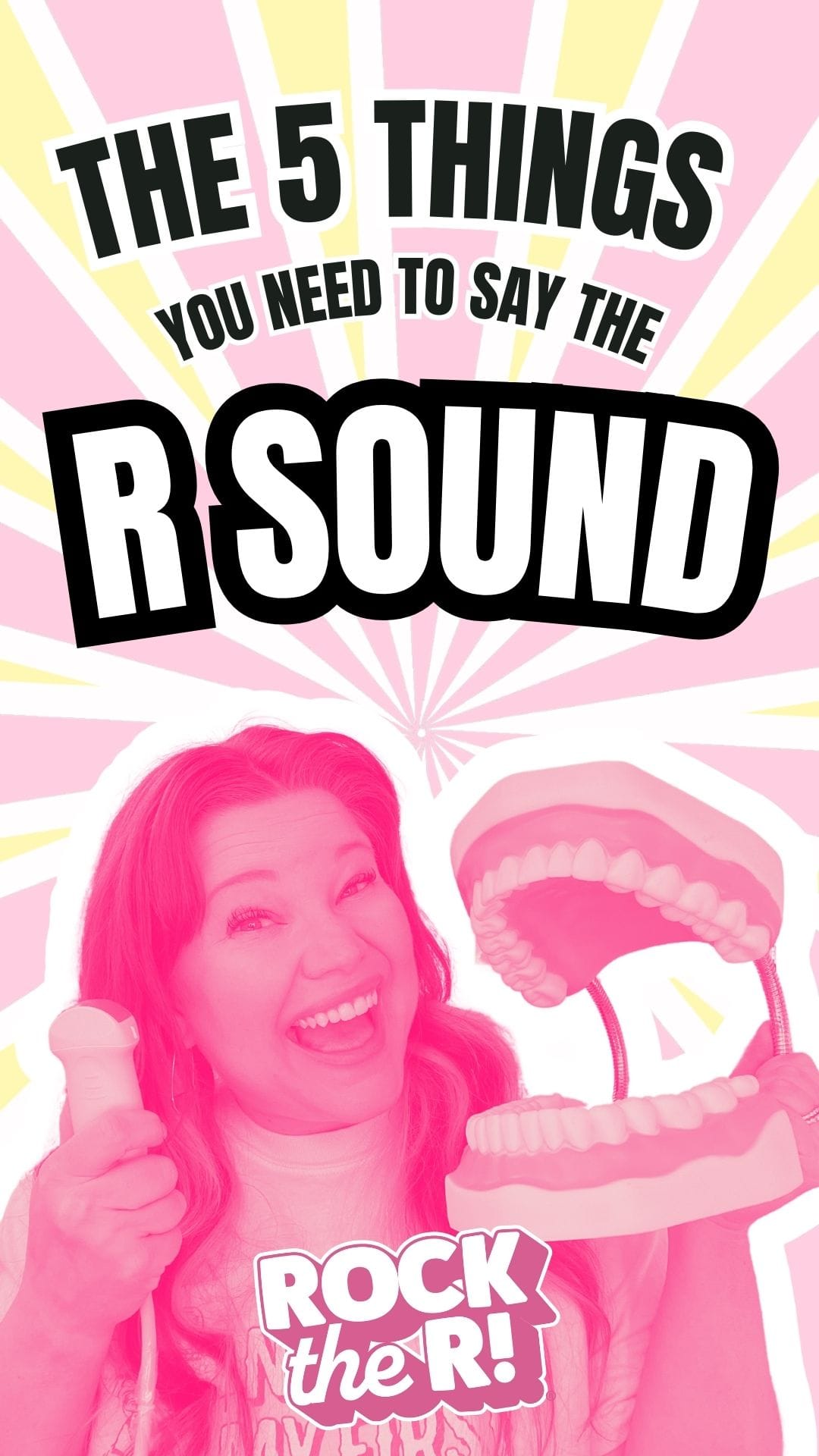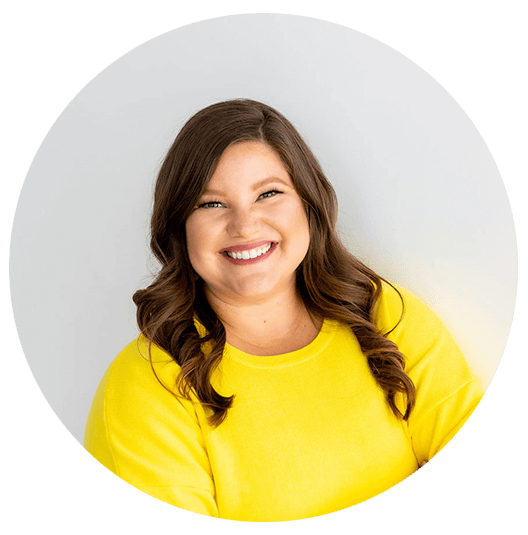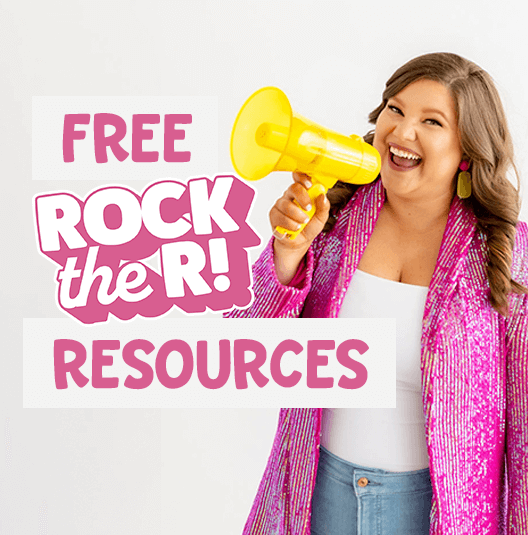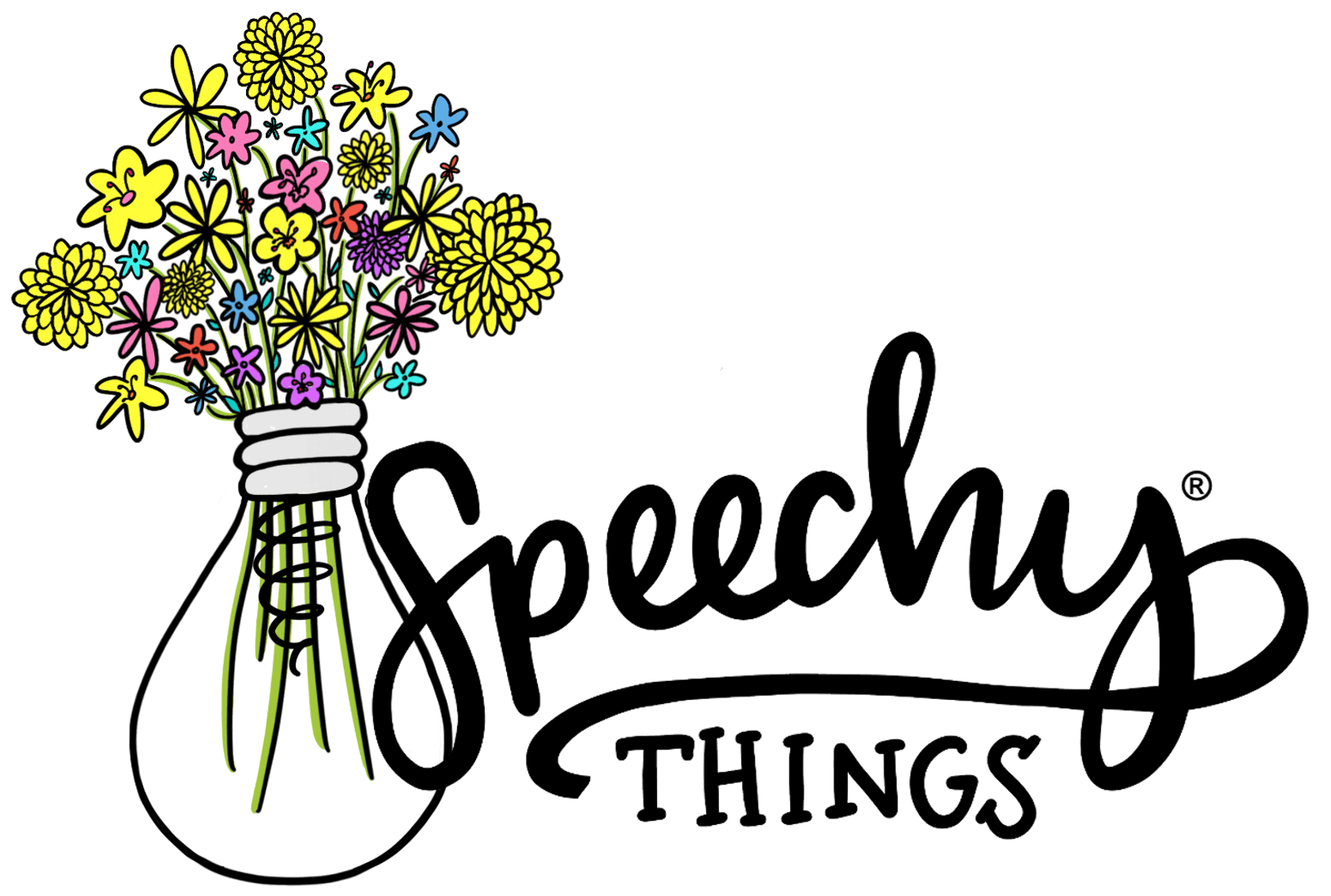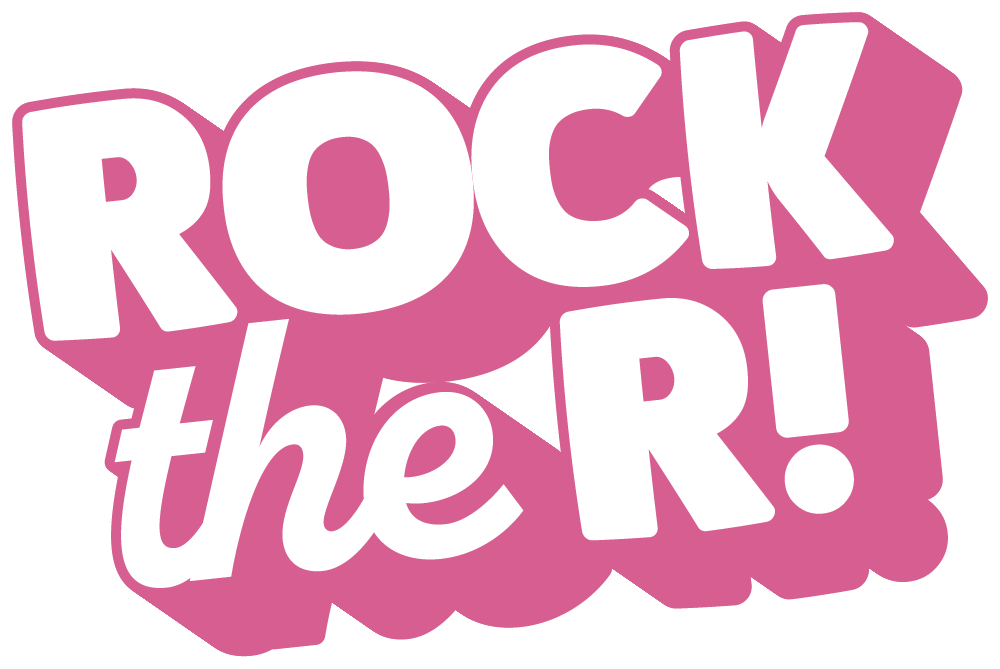There is a mountain of research that discusses the benefits of using biofeedback for residual errors such as the R sound. (Check out anything from Preston, Byun, Hitchcock, or Ruscello). It’s super cool technology! I don’t know about you… but I’ve never seen an ultrasound lying around that I could snag for my R session real quick. If you have, I’m jealous and please hire me.
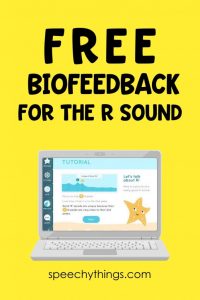
It’s always bummed me out. There’s this epic speech therapy tool out there that I KNOW could help my students working on the R sound but I have NO ACCESS TO IT. So I did some digging. Guess what? There are some incredible, generous researchers out there who have made their programs FREELY available to SLPs. It’s not an ultrasound, but darn is it helpful! Here’s what I’ve come up with:
The staRt App
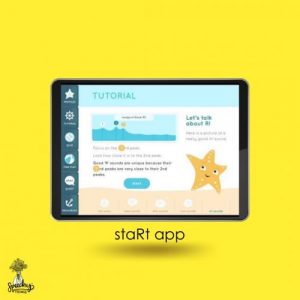
The staRt app out of NYU is AMAZING. The quality and ease of use blow me away, to be honest. It allows you to see your students’ speech “wave” in real-time so you can work on correction on the spot. The goal of their activities is to get the peaks to match with the peaks for R as marked by the app. This is my top recommendation for free biofeedback, hands-down. It’s available in the major app stores.
seeingspeech.ac.uk
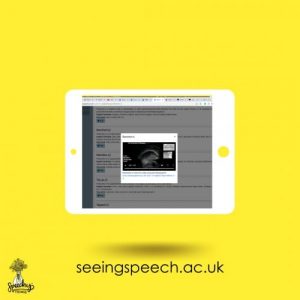
Seeing Speech is a great resource that allows your students to see pre-recorded video imaging of what other people’s tongues do while saying the R sound. It doesn’t analyze your own student’s speech but this can be a powerful tool to help the r sound “click.”
Praat Software
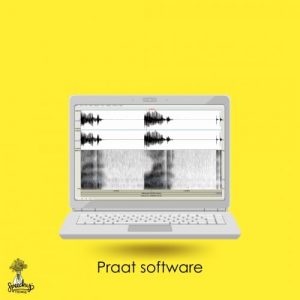
Praat is a software from the University of Amsterdam. It’s a little tricky to get started, so I made this easy tutorial video to get you going. Yes, the website looks straight out of the 90s, but the program is awesome. It can help you analyze recordings of your student’s productions and gives an awesome visual representation to use. Please do your own research before downloading ANYTHING to your computer though!
Rtgram
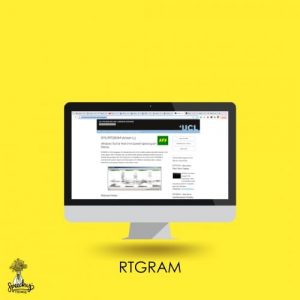
Rtgram is brought to us by faculty from University College London. Unfortunately, this software is only available on Windows devices so I haven’t been able to familiarize myself with it much. I’ve heard wonderful things though and didn’t want you to miss out on the opportunity to explore it yourself! My understanding is that it is similar to Praat in that it allows a real-time analysis of your student’s spectogram.
I hope these resources are helpful for you! I’m so excited to imagine all this free science coursing through your speech therapy rooms. PLEASE PLEASE PLEASE don’t forget to share this blog post with your colleagues! I want everyone to know about these options. We can help so many students!
If you’re looking for more free R materials, this is a great place to look!
Keep rockin’ that R, friends!






